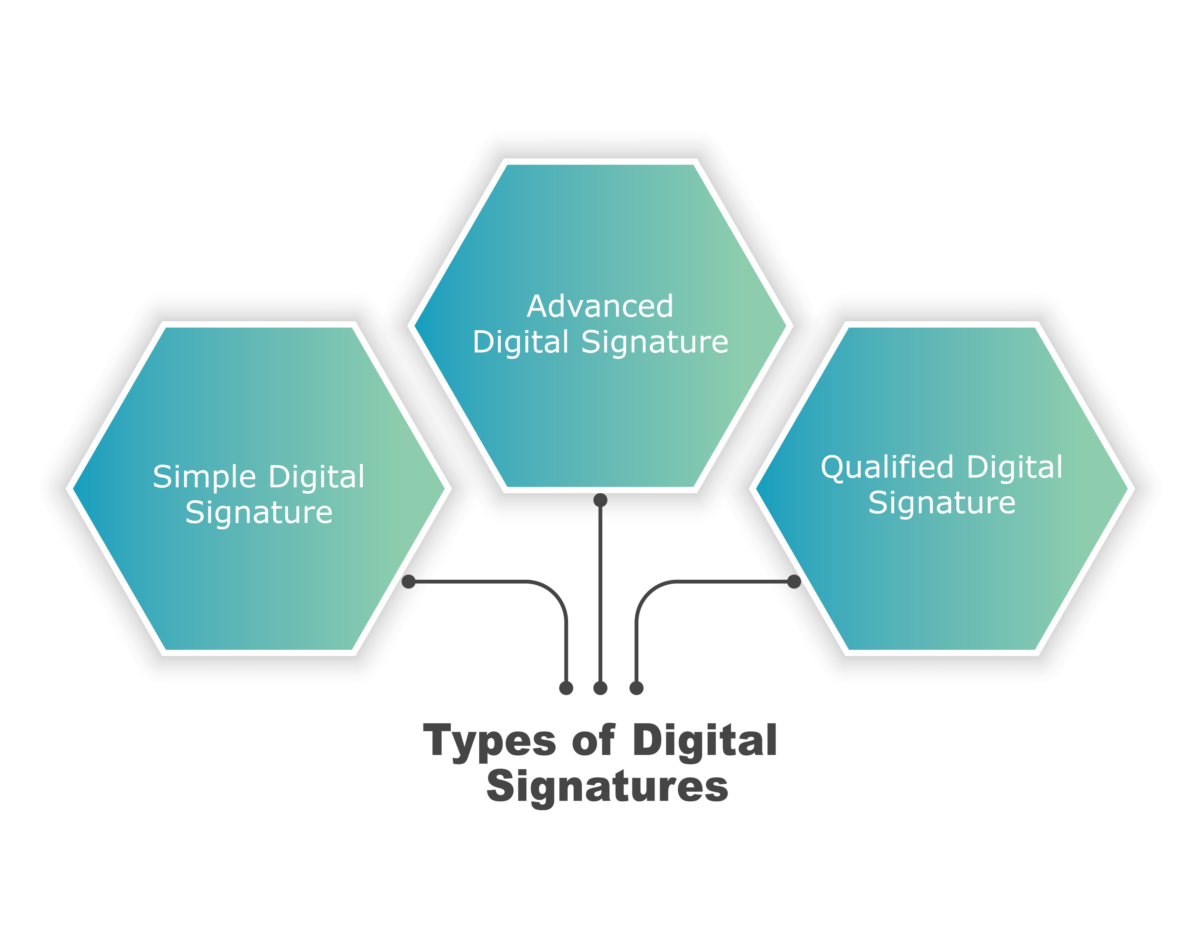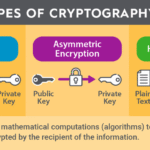Digital signatures have become a pivotal aspect of modern communication, especially in an era where online transactions and digital documents dominate. As the world increasingly transitions to virtual platforms, a pressing question emerges: do digital signatures genuinely protect privacy, or are they merely a mechanism to validate identity? This article aims to untangle the complexities surrounding digital signatures, exploring their function, benefits, and limitations.
At their core, digital signatures serve a dual purpose: they authenticate the identity of the signer and ensure the integrity of the signed document. Using cryptographic techniques, such as hash functions and asymmetric encryption, digital signatures establish a verifiable link between the signer and their signed data. When a document is digitally signed, it undergoes a hashing process, generating a unique digital fingerprint. This fingerprint is then encrypted with the sender’s private key, producing a signature that is as unique to them as a handwritten signature.
The immediate convenience of digital signatures lies in their ability to facilitate secure transactions without the need for physical presence. This is particularly advantageous in both personal and commercial dealings, where speed and reliability are paramount. However, while digital signatures undoubtedly stream the validation of identity, they do not intrinsically ensure privacy. This distinction is critical in comprehending the broader implications of digital signature technology.
A key facet of the digital signature process is the verification mechanism. Recipients of a digitally signed document can confirm authenticity via the signer’s public key. This process, while efficient, also opens avenues for scrutiny, as any entity armed with the public key can examine the signed document. Therefore, while the identity of the signer is assured, the privacy of the contents may not withstand the same level of protection. Herein lies the inherent paradox: digital signatures fortify identity validation yet expose the document to potential breaches of privacy.
Moreover, the regulatory landscape surrounding digital signatures further complicates the issue of privacy. Legislation such as the Electronic Signatures in Global and National Commerce (ESIGN) Act in the United States acknowledges that electronic signatures hold the same weight as traditional signatures. However, this legal framework primarily focuses on establishing the identity of the signers rather than safeguarding the privacy of the information contained within the signed documents. As such, legal recognition does not equate to privacy protection, a misconception that can lead to vulnerabilities in sensitive transactions.
Another crucial aspect to consider is the digital infrastructure supporting these signatures. Digital signatures rely on a network of Certificate Authorities (CAs) to issue digital certificates, which affirm the association of a public key with an individual or entity. While this system enhances trust and integrity in identity verification, it introduces potential points of failure. If a CA is compromised, the security of the entire digital signature system can be undermined. Additionally, the existence of multiple CAs can lead to confusion and inconsistent practices regarding data protection and privacy.
The intersection of digital signatures and data privacy does pose an intriguing landscape for further exploration. While technologies like blockchain offer promising innovations in secure data sharing, they also challenge traditional perceptions of privacy and identity. Blockchain inherently enables data transparency and traceability, allowing for verification without extrusion of trust in intermediaries. This duality raises questions about the extent to which privacy can coexist with public verification methods. Can a balance be struck, allowing a digital signature’s authenticating capability to flourish while maintaining the confidentiality of the data?
Furthermore, emerging norms of data privacy, such as the General Data Protection Regulation (GDPR), necessitate a reevaluation of how digital signatures are deployed and understood. GDPR emphasizes the right to data protection and privacy, implying that any method of identity validation must also consider the safeguarding of personal information. This transition hints at a generational shift towards integrating privacy directly into digital processes, thus reformulating the discussion around digital signatures from a binary standpoint—identity versus privacy—into a more holistic approach focused on both ethical practices and technological innovations.
In transitioning towards a more secure and privacy-centric model, developers and organizations must adapt their understanding of digital signatures. This includes not merely employing cryptographic techniques but also embedding privacy by design into their systems. Enhancements in encryption methods, key management, and user education can augment privacy without sacrificing the integrity of identity verification mechanisms.
In conclusion, digital signatures represent a significant technological advancement in the realm of digital transactions, yet they are not a panacea for privacy concerns. They excel in proving identity and ensuring data integrity while inadvertently exposing the content of documents to visibility. The narrative must evolve as data protection laws and privacy standards shift towards greater emphasis on the safeguarding of personal information. A transformational change in perspective is vital—digital signatures should not solely be the guardians of identity but also the custodians of privacy. Through such a paradigm shift, true confidence can emerge in the validation of our digital interactions.









Leave a Comment